St Conall’s Well, Bruckless, County Donegal
Up a remote lane on a hillside, in a misty valley on a misty day, my son and I, still on our camping-n-fishing tour of Donegal last summer, found a silent horseshoe of stone which my map informed me was a holy well. I drove past it at first, maybe taking it for a sheep pen or a remnant of stone wall. It sits low on the grass at the side of the road. There is no statue, no rag tree, no signpost. Just this little curve of stone, looking for all the world like some ancient barrow, gazing out over the valley in the drifting cloud:
Does anybody come here? You can see that they do, even if not in large numbers, for the offerings, or some of them, are still fresh. You’ll find necklaces, watch chains, socks, candles, coins, statues, rosaries, and - most moving of all - a small child’s shoe with a story that cannot be known by the casual visitor:
It made me think of the famous story about Ernest Hemingway, who was said to have bet a friend that he could write a short story in six words. The resulting story read: For sale. Baby shoes. Never worn. Rather deliciously, this story about Hemingway’s story is probably itself a story; there’s apparently no evidence he ever did this, and sometimes the story about the story will be attributed to another writer, depending on who you’re hearing the story about the story from. Post-modernism triumphs again.
The water here is pretty brackish, and has a lively scum of bright green algae floating on top. I don’t know whether anyone braves the drinking of it, but St Conall was apparently once renowned as a healer, though it looks like it took quite some work to earn his favour. This well has the most convoluted, and the longest, series of ‘stations’ I have yet come across, according to our old friends the schoolchildren of the 1930s:
When you are making St. Conaill's station you go round the well three times first and say five Our Father's and five Hail Mary's and the Creed. Then you go down an old lane to another field and you go round the field and say fifteen decades, after that you go round the eleven cairns which are there and say five Our Father's and five Hail Mary's at each of them, then you go round the altar which is in the same field and say five Our Father's and five Hail Mary's there again and then you go to the front of the altar and say prayers and after that you you go up on the altar and put your fingers into the track of St. Conaill's fingers and wish for anything you like. Also you put your back up against a stone and say prayers, and you leave anything you like on a table at the back of the altar and wish to leave your disease behind you. Then you go up to the bed under a big ledge of a rock and there is a big bank about thirty feet or more down below, you roll over three times in it and you go out on one side and in on the other.
By the time you emerge from all that, you’ll be just about ready to become a Protestant.
Who was St Conall? He was a local Donegal saint from the sixth century, around whom a number of intriguing stories cluster. One common factor in all the stories is that he murdered his own father in a fit of rage, and was exiled to the island of Inishkeel as punishment. He spent his time there repenting and building a monastery, whose ruins can still be seen.
Conall’s most famous monument, though, is not the ruins but his handbell. Early Irish Christianity had no familiarity with church bells positioned at the top of towers and rung by the use of ropes, which later became ubiquitous across Europe. Instead, the faithful of the monasteries would be called to prayer using handbells rung by the Abbotts. St Conall’s bell, which dates from the sixth century, still survives in the British Museum:
Several hundred of these early Christian handbells still survive in Ireland, the most famous of which is that said to have been run by St Patrick. One theory about the existence of the unique round towers which are found only in Irish monasteries was that handbells were rung from the top of them at prayer times.
Many of the bells were later enclosed in intricate reliquaries known as ‘bell shrines’. St Conall’s bell shrine looks like this:
There is one final story to tell about St Conall of Donegal. The schoolchildren tell the story like this:
Once St. Conall beat his father and when he went to confession the priest told him that he wouldn't get forgiveness of this sin until a fanleog would lay an egg in his hand. St. Conall thought that this could never be, so he went round Ireland making wells and doing penance. When he was lying in the bed in Bruckless a strange thing happened. When he awoke in the morning the egg was in his hand. He was overjoyed then when he saw the egg in his hand so he kept very holy for the rest of his life and now he is a Saint.
A fanleog? I had no idea what this was, and so I looked it up. It’s the Gaelic name for a swallow. Fáinleog translates as ‘little wanderer’, which is rather beautiful, and apt. I sometimes wonder if you can know a culture best by the names it gives to birds, and to wild creatures in general. Perhaps you can know it also by how many of those names it has forgotten.





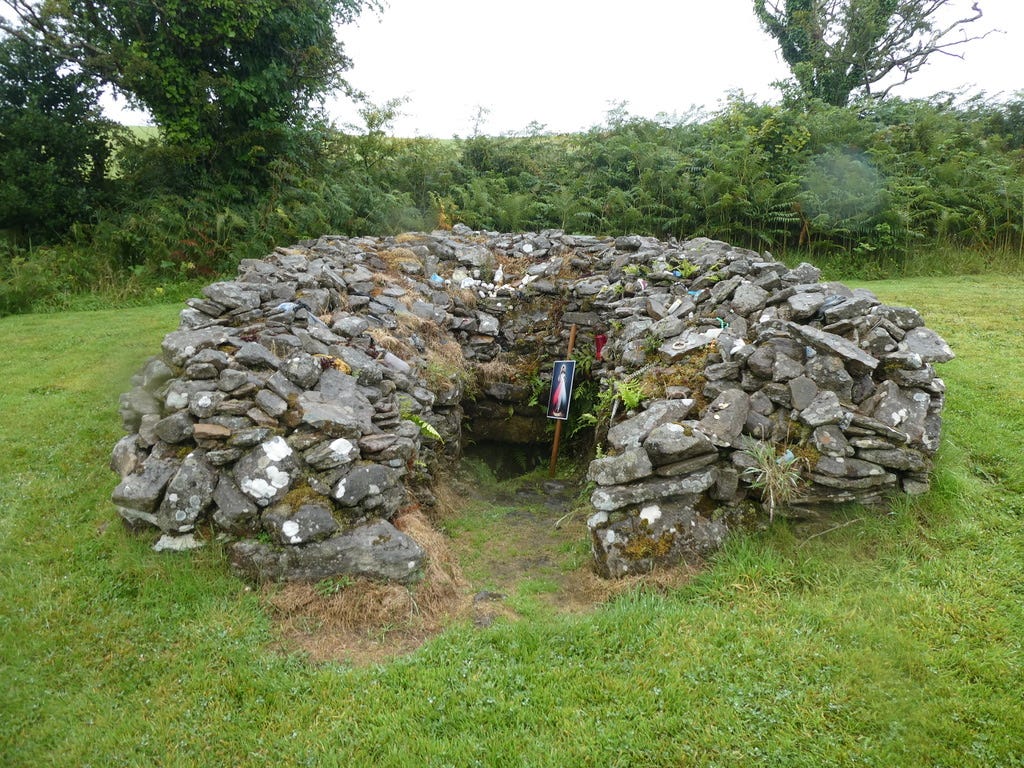
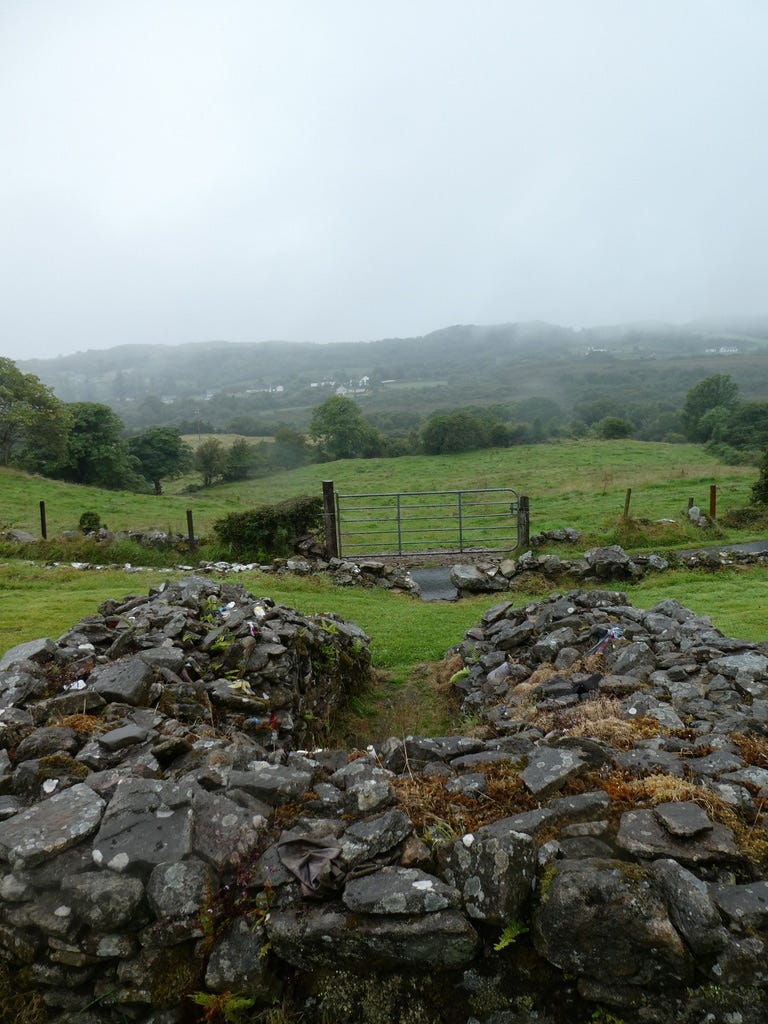
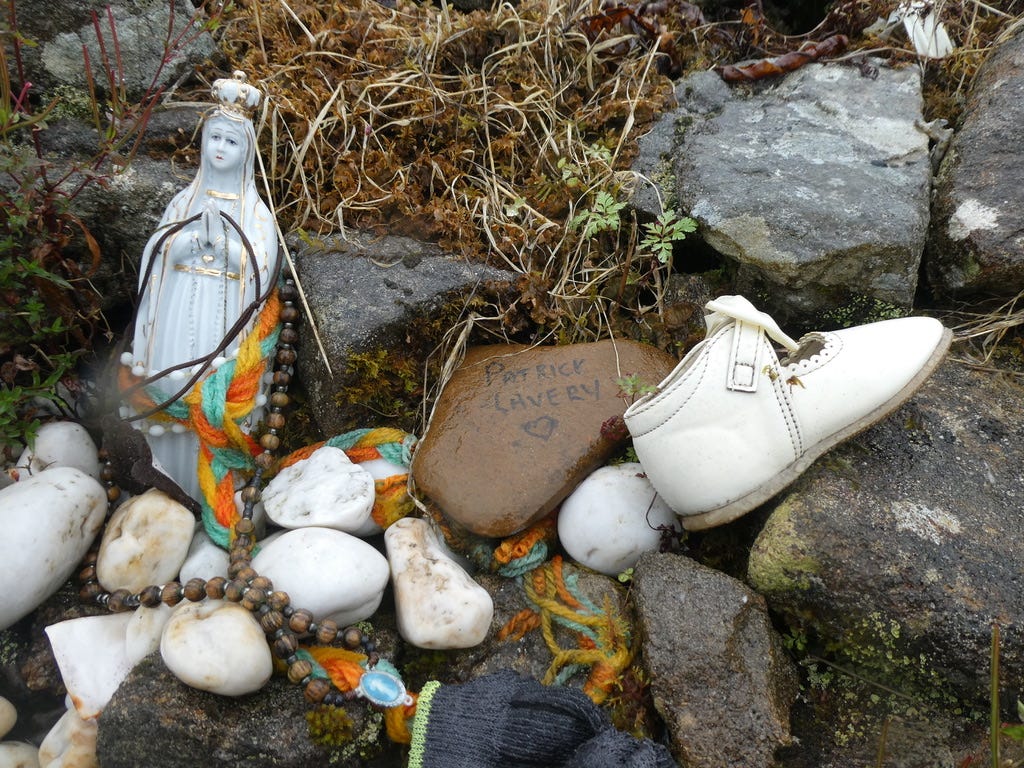
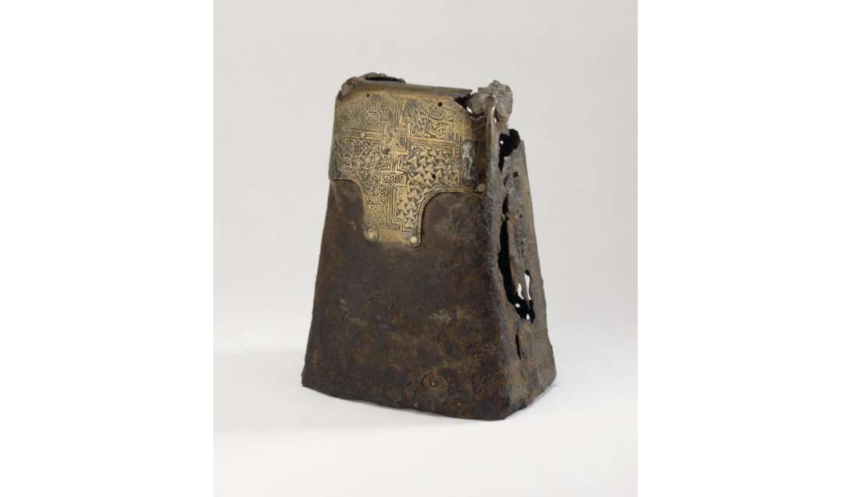
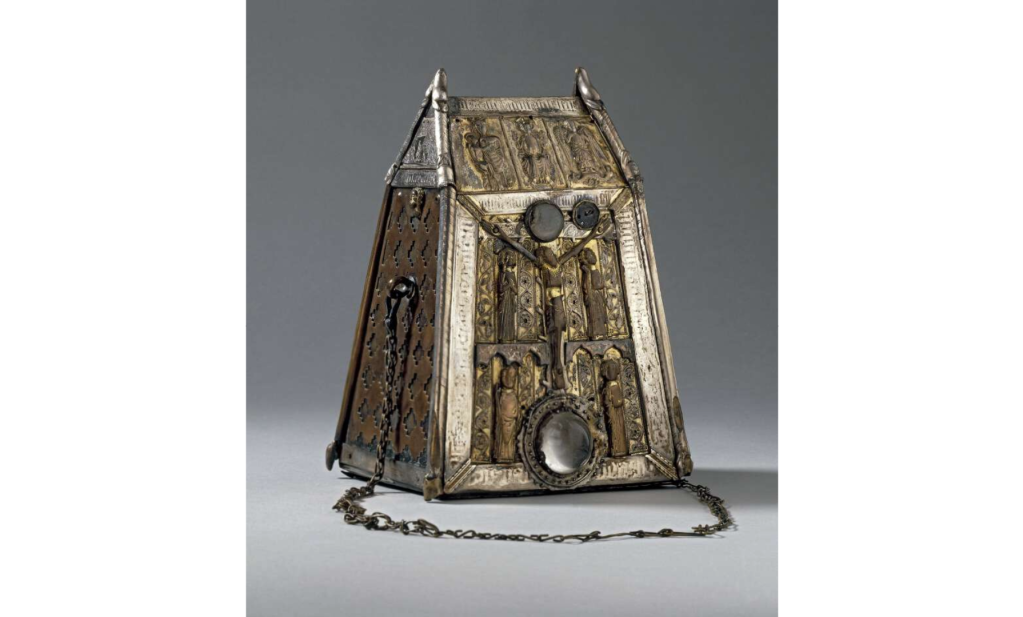
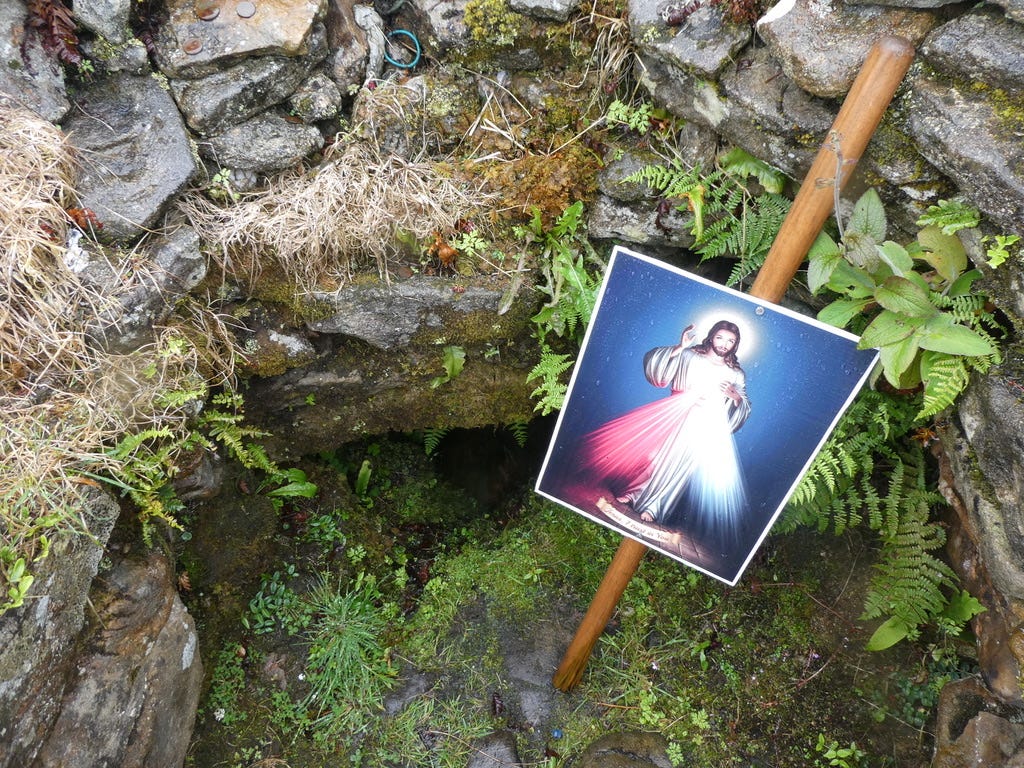
This reminded me that the Irish for ladybird/ladybug is "Bóinn Dé" which means "God's little cow"
Such a sweet story; thank you for sharing, Paul. How fitting was St. Conall's penance--for not only his soul, but his very hands to be humbled and gentled enough that a bird would lay an egg in them.
(Paul, I've been meaning to recommend a book about the life of St. Patrick, "Flame Over Tara." We did a lot of reading aloud with our four children in our homeschooling years, and that was one of our favorites. Very well-written.)